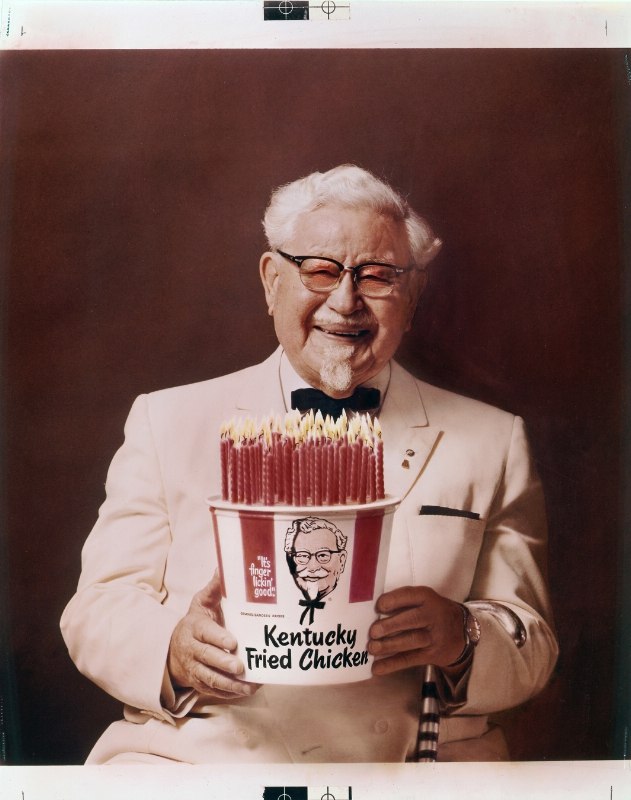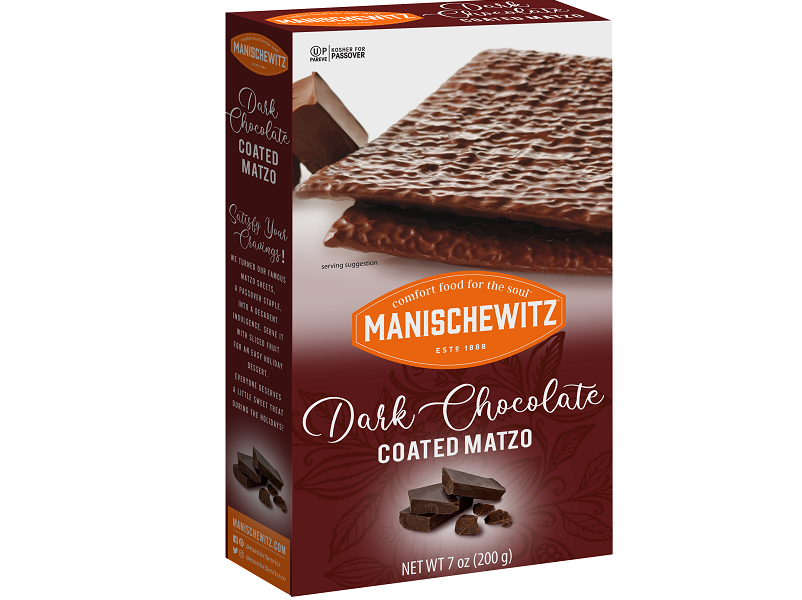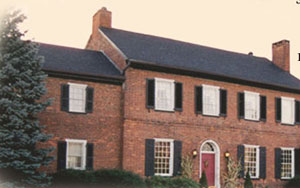Lamb is a meat that we are all familiar with. It is often a very fatty meat, which makes it tender and moist.
Beyond Lamb Chops: Exploring Other Cuts
Lambs are generally slaughtered for food around six months of age. Some are younger and some are older, but the average cut you find in the butchers or supermarket is from a lamb that was around six months old. This means the meat hasn’t had the time to mature that it would have in an older sheep. Thi means the meat is much more delicate and tender.
Lamb chop is very common to find on restaurant menus, or on the table at home, but there is more than just chops to a lamb. Some of the overlooked cuts can be just as, or more tasty than the traditional lamb chop.
Below are some of the most common cuts of lamb.
The Leg
Leg of lamb is a popular cut of meat, and is often a show stopper for large meals and gatherings like Sunday roasts, or Christmas dinner.
Leg of lamb is a large cut of meat, from the top part of the leg where the muscle is largest. This muscle is one of the most used in the lamb, as it uses it for walking and running etc. This means this cut isn’t as fatty as others as the muscle stays quite lean from constant use.
Leg of lamb is usually cooked on the bone, which helps to keep it moist, but it can be filetted by your butcher if you prefer.
As it is a lean cut, it can easily dry out during the cooking process, so make sure you baste it regularly if roasting it.
The Chops
Lamb chops are often the most common cuts of lamb, and they can also be the most expensive.
Lamb chops come from the ribs of the lamb, and often have a rib bone in them – but this can be removed by your butcher if you require.
This cut of lamb is quite fatty, and therefore very moist and remains tender when cooked. If the chops are not separated from each other, this is called a rack of lamb.
There are many recipes available for this popular cut of lamb, like this delicious recipe I found on Corrie cooks.
The Shoulder
A shoulder of lamb is probably one of the other more well known cuts of lamb.
This is another cut that is quite large, and quite lean. It’s more tough than other cuts, which makes it perfect for slow roasting. If a lamb shoulder is roasted on the bone, it keeps quite moist, and gains lots of extra flavour.
The Rump
A rump of lamb is, as it sounds, from the rump of the animal.
Lamb rump is quite a large muscular cut, and is boneless. This makes it a great cut to roll for a roast, but does make it prone to drying out, as not only is it boneless, but it’s very lean, so the fat that would normally self baste the meat is absent.
When cooking rump, keep it moist with lots of basting throughout the process so it doesn’t dry out. Alternatively, it could be minced to make burgers.
The Neck
Neck of lamb is usually a very cheap cut, so it’s especially useful if you’re on a budget.
Neck of lamb is widely available. If you were to buy a shoulder joint, the neck would probably still be connected, but a butcher can cut it away if you only wish to buy the neck portion.
Lamb neck tends to have more connective tissue than other cuts, so it can be quite chewy. To counteract this, cook it for a long time at a low heat, like in a slow cooker for example.
The extended lower heat will break down the connective tissue to leave it lovely and tender. Neck of lamb works particularly well in a curry or stew. A longer cook will also ensure the lamb takes up the flavours of the other ingredients leaving you with a delicious meal. Excellent if you are budgeting, you can make several meals this way.
The Shank
Lamb shank comes from the lower, less muscular part of a lamb’s leg, either the front or back leg.
This is another meat that is extremely cheap, but the downside is that it is another cut that has a lot of connective tissue which makes it tough and chewy.
In the same way as neck, shank is best cooked slowly, on a low heat. This breaks down those connective tissues and makes the meat almost fall apart when eaten, which makes it delicious and very satisfying. Another great cut on a budget and makes excellent curries.
Read Also: Onosys and ItsaCheckmate Integrate for Restaurant Ordering
The Loin
The loin of the lamb can also be called loin chops, depending on where you’re shopping.
Lamb loin and lamb sirloin come from the similar areas of the lamb, just in front of the leg and behind the ribs.
These are lovely cuts of meat, and can be quite expensive, they are nice and tender and moist if cooked o the bone.
The Flank
Flank of lamb comes from underneath the lamb, and is a very tough cut of meat.
It is not a very desirable cut, but this does make it quite cheap to acquire, meaning this is another one for those who are on a budget.
Flank is a really good cut of meat to use to mince and make into burgers or sausages. This way you can add other ingredients to up the moisture content.
As you can see, there is more to the humble lamb than just the standard chops.
Although chops are very tasty, and a very enjoyable meal, maybe ask your butcher to supply you with a different cut next time so you can branch out and taste different things – you never know you may be converted for life!






